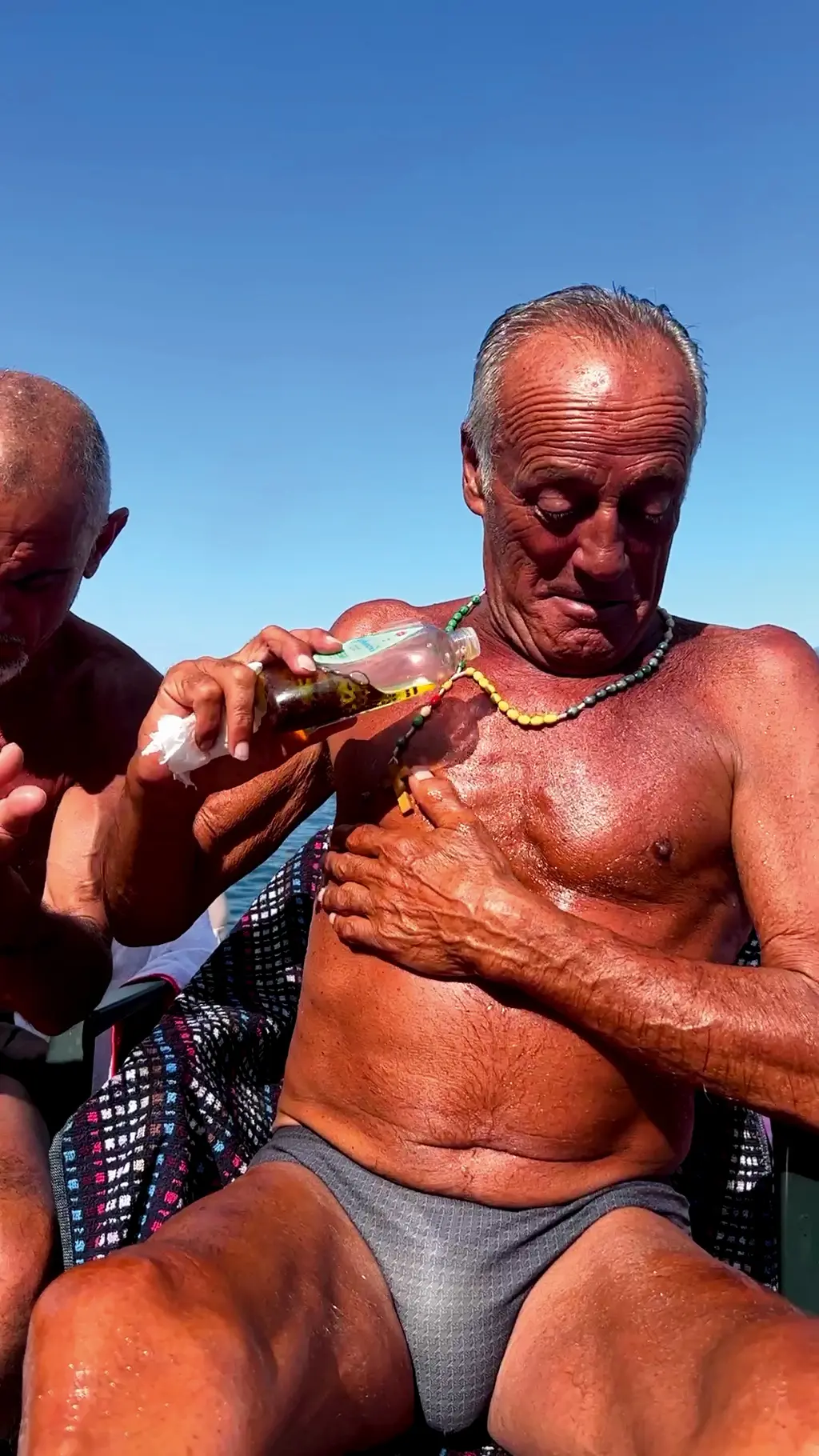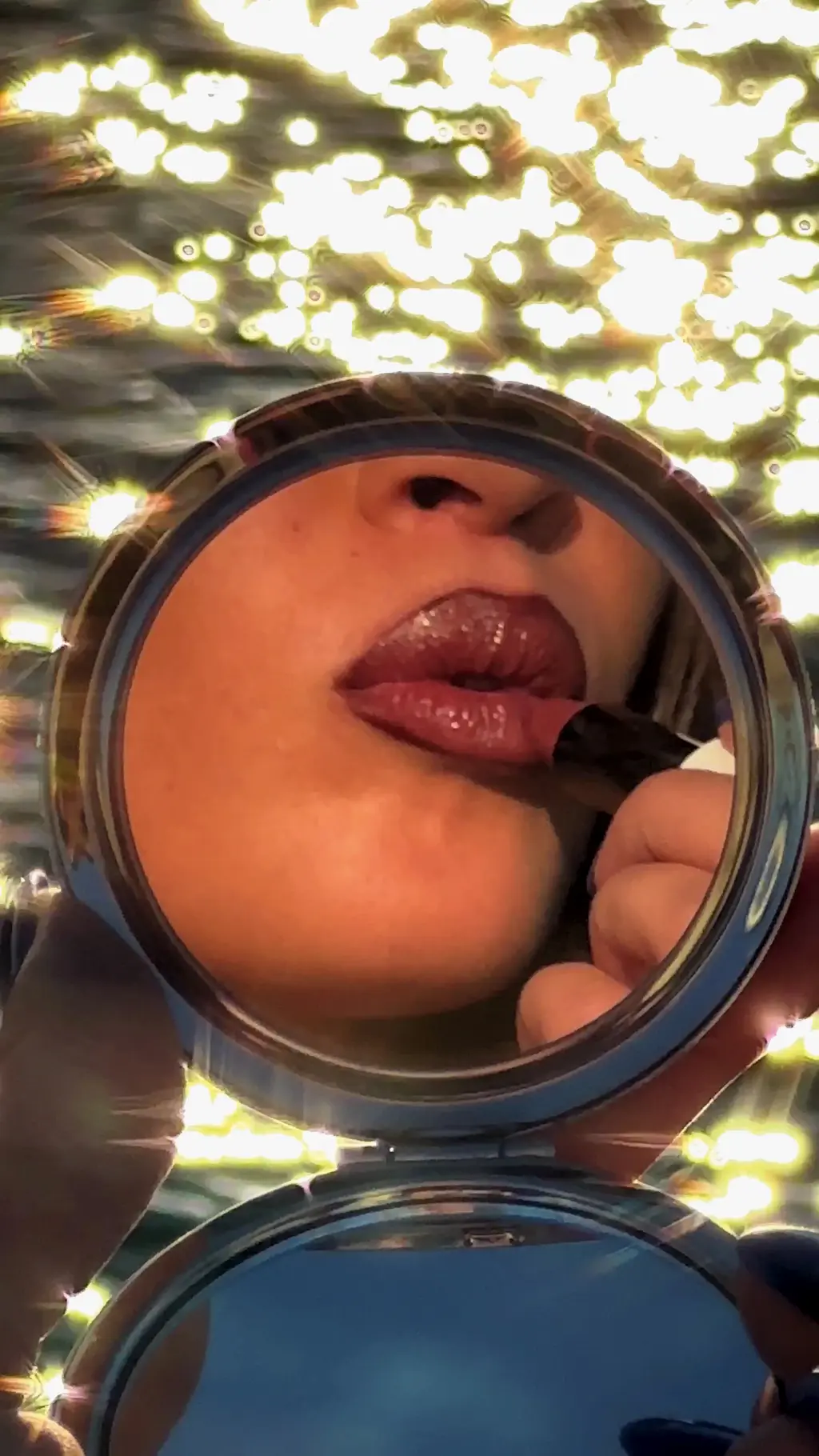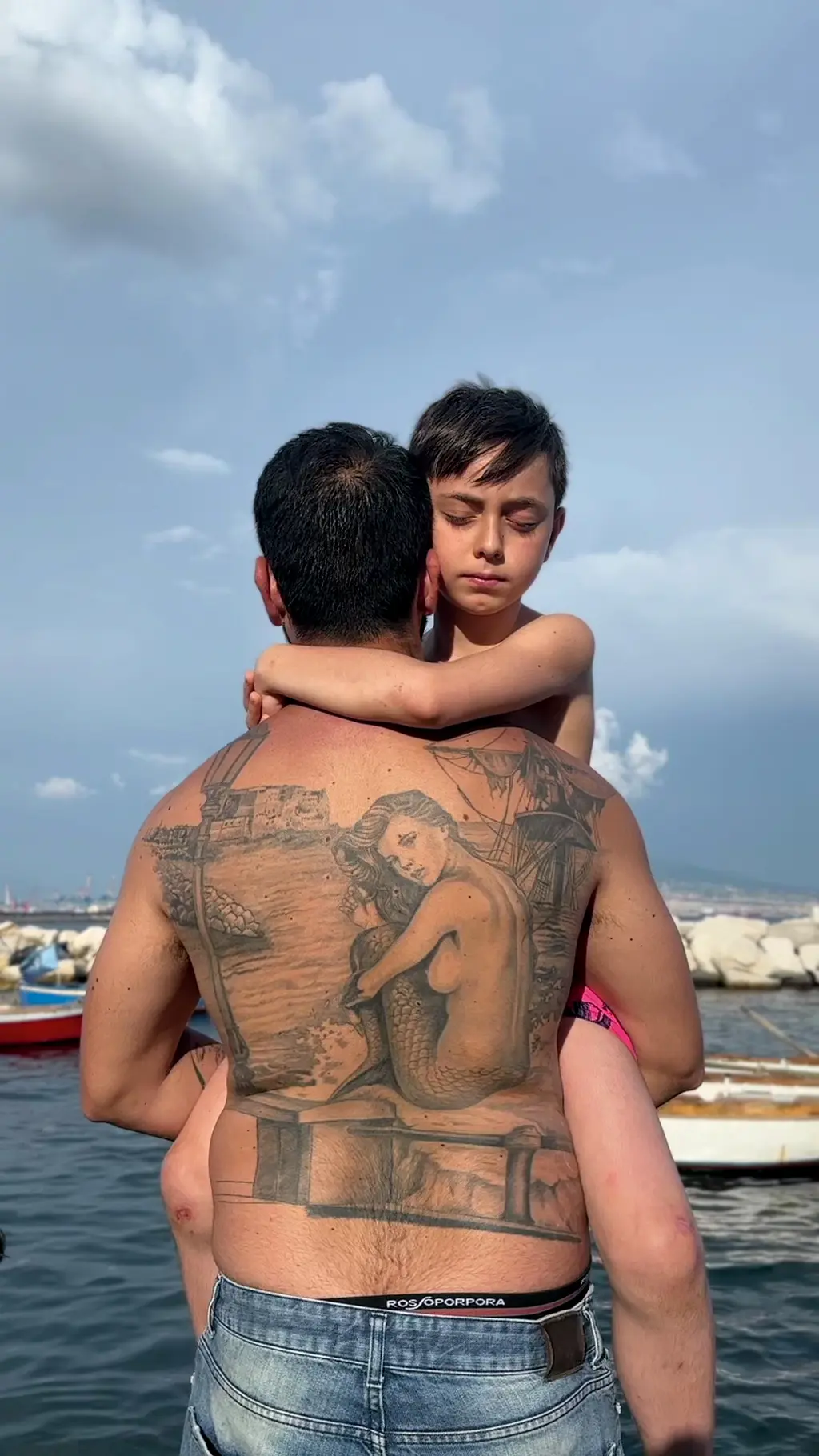Photographing the modern-day dolce vita

In Sam Youkilis’ debut book, Somewhere, the photographer dials up the realness of everyday Italians in all their bronzed glory.
Culture
Words: Ben Perdue
Since 2017, when New York native Sam Youkilis first started documenting everyday Italians where he lives in Umbria, the photographer has been championing a modern-day dolce vita as romantic as it is rough around the edges.
In his first photobook, the hefty 528-page Somewhere, published by Loose Joints, candy-striped beach umbrellas and obligatory gelato rub up against sun-faded tatts and tombstoning teenagers. Leathery lotharios bake themselves on man-made beaches while glamorous nonnas top up their lippy, all binded by a youthful attitude and raw beauty that has nothing to do with age and says just as much about Italian culture as a perfect affogato. In Youkilis’s world, there’s room for both.
Broken down into themed chapters that read like a mixtape of the Mediterranean lifestyle’s greatest hits, from Fourteen Kisses to Cleaning Vegetables, Somewhere follows the rough outline of Youkilis’s typical day travelling in parts of Italy, usually kicking off at 7.07am with the sunrises.
Wandering and documenting as he goes, he’s an outsider who has earned insider access with his knack for getting under the skin of a place – quite literally in the self-explanatory Butchers with Obscured Faces. For all its familiarity and warmth, his work reveals a normality that messes with the Aperol and Tuscan villa fantasy of Italian life consumed wholesale elsewhere.
The popularity and influence Youkilis enjoys online (he’s racked up 552k followers on Instagram) is built, partly, on the optimism of his subjects, which has a lot to do with their self-confidence – a quality he looks for in all of them. It’s something found in the younger and older generations, who share a carefree lack of inhibitions less common among those who fall somewhere in the middle.
How he goes about that varies from person to person. One image can be the result of years of getting to know someone, another could come off the back of a friendly “hello”. Either way, having a genuine curiosity and an un-intimidating cameraphone goes a long way. He tells his subjects as much as possible about where their portraits will live. But really, no one can be sure what ultimately happens to an image these days. And if anything, like Youkilis says, “my work is about giving up some of that control.”
Who knows, it might even end up in a book…


Hi Sam! What is it about the people you photograph that catches your eye? No matter their age, they all seem to share a youthfulness.
I can’t say exactly what I’m always looking for, but I think you’re onto something – it’s an emotion, energy or impulse over a specific generation or age that prompts me to take pictures and find people to photograph. Often, it’s self-confidence that I’m drawn to. I find this a lot in an older generation who have let their guard down and are comfortable and confident in themselves, but this can also be found in the youth. It’s rarer, unless you’re working with professional talent, to find this in people my age, or people in their twenties and thirties.
Have you found that it’s an attitude that feels particularly strong in Mediterranean communities?
The Mediterranean is a source of inspiration for me because I’m drawn to water, sun, shadows and the sea. I find that quite often people living in Mediterranean cities have a sensibility and confidence that I’m drawn to as well.
Is there something in the idea of young love that you look for in your pictures of couples? An intimacy that still feels fresh whether they’re teenagers or pensioners?
It’s everywhere, but again I feel like you see it more in the youth and the older generation than people in their twenties and thirties. Often, especially in Italy, I receive feedback that I’m excluding a generation in the middle, but that’s not really my job. My job is walking around, noticing things and taking pictures. I can’t really help what I’m drawn to!
Does that extend to how you portray beauty? Somewhere feels like a celebration of a sense of beauty driven by character rather than perfection.
In my opinion, yes. It’s a part of my practice and as I work more in fashion and take on more commercial jobs, incorporating this diversity and shifting standards of beauty is an important part of what I want to do. I’m way more interested in wrinkles, age, differences and attributes of beauty that, to me, make people unique and different in contrast to more homogenous standards of beauty that are transcendent in media and fashion.



Is the candid nature of your pictures something that takes lots of time and patience to nail? Your subjects are obviously comfortable with you being there.
It’s a mix. Approach is super important but there are people who I have got to know and have been photographing over years who I’ve slowly gathered trust from. I have friends in Napoli who tell me they will only let me take their picture, but often you can achieve something quite intimate in a single interpersonal interaction. Sometimes my favourite work is the result of establishing trust in a 15-minute conversation, and using a cameraphone helps break down the boundaries quickly. More than anything, I think sincere curiosity and openness are hugely helpful in gaining trust.
In places like Naples, where local people are becoming more aware of the popularity of photographing their culture, has it got harder to do your thing?
In this age of image-making people are producing and consuming quicker than ever before, so trust can be an issue and I care deeply about the people I photograph. But my practice is also about releasing work into this ether and allowing it to transform and change meaning.
Having broken through by documenting people and places in moving portraits tailored for a digital audience, has it been a strange process going from video to images for the book? Can you still say everything you want in a single frame?
It’s definitely hard and we are talking about how we can make the book into a short film. That said, it was a beautiful learning process for me to transform the videos into stills. I watched each video frame by frame and extracted stills for the work and had to think hard about how to maintain the same feeling of movement in the selection. I talked a lot with Loose Joints about how we could keep the sense of time passing and they did an amazing job with the edit to preserve the quality of the videos. It helps that the ethos of the work is mirrored in structuring the book like a day. Starting with sunrise at 7.07am and finishing as the sun sets into night. It relates to my practice nicely. It feels like it comes full circle.
Somewhere 2017 – 2023, published by Loose Joints, is available now (£32)






